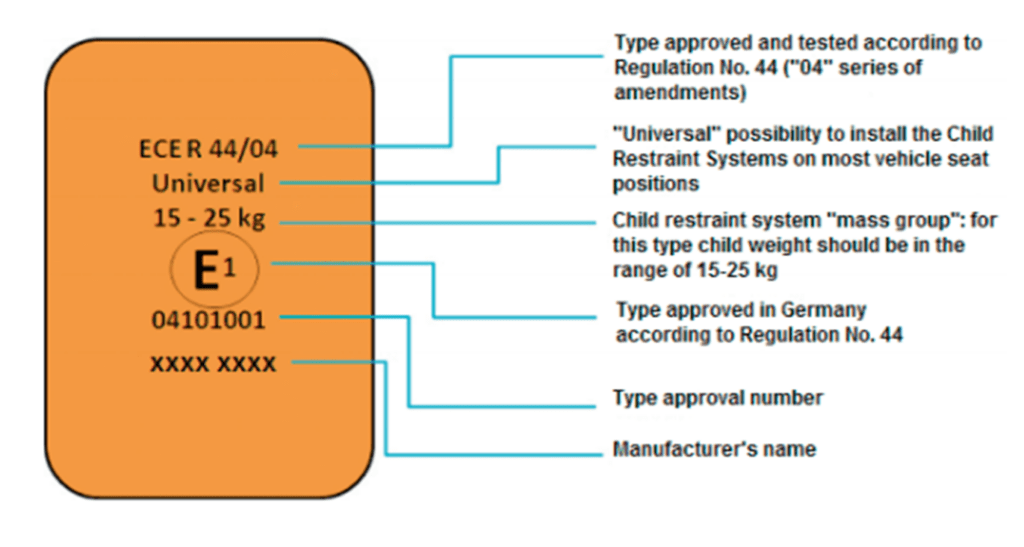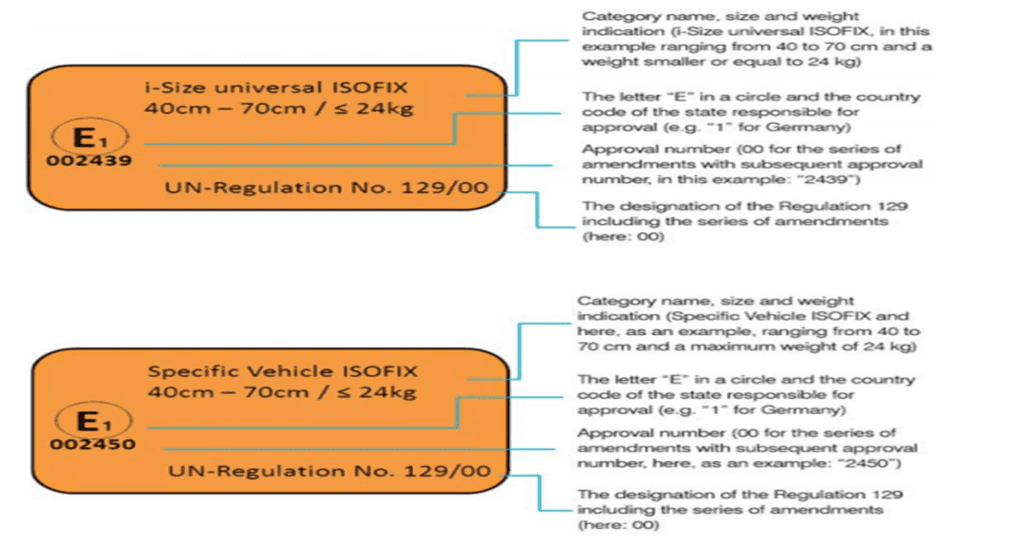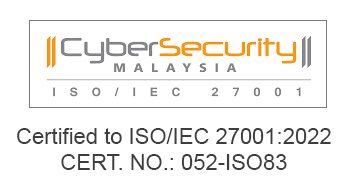- Home
- /
- Child Restraint System (CRS)
Child Restraint System (CRS)
FREQUENTLY ASKED QUESTIONS REGARDING THE POLICY OF USING CHILD RESTRAINT SYSTEMS (CRS) IN VEHICLES
Question 1 : What is meant by the Child Restraint System (CRS)?
Child Restraint System or Child Restraint System (CRS) is a safety equipment in a motor vehicle that is specialized for child passengers. The use of the CRS serves to limit the body movement of child passengers in the event of a violation or a sudden reduction in speed of a motor vehicle
Question 2 : Why does every child passenger in the vehicle need to wear the appropriate CRS?
The appropriate use of CRS among child passengers is important since they are very susceptible to serious injuries compared to adult passengers if they are involved in a motor vehicle violation or a vehicle emergency braking situation. This is because child passengers have weak neck muscles and a high head-to-body ratio, especially babies.
Question 3 : Who are the categories of passengers in the vehicle who must use this CRS?
The use of CRS is mandatory for every child passenger who meets the following criteria:
- aged under 12 years;
- Weight less than 36 kg; and
- Height less than 136 cm.
Question 4 : What are the mandatory standards that must be followed for this CRS?
Each CRS must have valid compliance based on United Nations (UN) Regulations R44 or R129 only.
Question 5 : How to identify CRS in the local market that has complied with the mandatory standards set by the Government?
Every CRS that complies with existing legislation must have a complete certification of UN Regulation R44 / R129 and an approval mark sticker known as E-Mark on the CRS. An example of the E-Mark is as follows;
a) An example of an E-Mark on a CRS that complies with UN Regulation R44 :-

b) Examples of E-Marks on CRS that comply with UN Regulation R129 :-

Question 6 : What is the fate of consumers who have already purchased CRS but do not comply with the mandatory standards set? Is it allowed to continue its use?
Any CRS that has been installed on a vehicle before January 1, 2020 is allowed to continue its use in the motor vehicle even if it does not comply with UN Regulations R44 or R129.
Question 7 : If I have 4 children under 12 years old, do I need to buy the CRS for all my children?
Every child passenger in the vehicle must be placed in an appropriate CRS. However, an exception to the use of CRS can be given for situations where the number of passengers in the vehicle has prevented the appropriate use of CRS.
Question 8: Is the use of this CRS mandatory for child passengers in a Public Service Vehicle and Tourism Vehicle?
Every child passenger in a Public Service Vehicle and Tourism Vehicle is also required to use a CRS unless there is no suitable CRS provided for the child by the operator or registered owner of the vehicle.
Question 9 : Is it an offense for me if I use CRS on the front passenger seat of the vehicle?
Subject to the CRS category and design, it can be installed on any front passenger seat or rear passenger seat that has been equipped with an ISO-Fixed support system or a 3-point seat belt. Any CRS category that faces the rear, it can be installed on the front passenger seat unless the airbag function has been deactivated.
Question 10 : What if a person has a child under 12 years of age who is disabled or disabled for example autism, hyperactive where it is difficult for the child to be placed in CRS?
The child passengers can be exempted from the use of CRS due to health reasons. However, the children need to have a certificate from a qualified medical expert first.
Question 11 : My vehicle does not have a seat equipped with the ISO-Fixed system, do I need to buy a new vehicle for the purpose of safe use of CRS?
Subject to the CRS category and design, it can also be installed on any front or rear passenger seat that has been equipped with a 3-point seat belt system.
Question 12 : Are there any exceptions in relation to enforcing the use of CRS in vehicles?
In the aspect of enforcing the use of CRS in motor vehicles, exceptions to the use of CRS will be given for the following situations :-
a) any motor vehicle that is not designed for the use of appropriate CRS;
b) the number of passengers in the vehicle has prevented the appropriate use of CRS;
c) health factors that have been certified by medical experts; or
d) which Public Service Vehicle or Tourism Vehicle does not provide the appropriate CRS.
Question 13 : Will the JPJ provide a list of CRS models that have complied with the mandatory standards for reference to users?
Every user can check the list of CRS models that have been approved by JPJ regarding compliance with UN Regulation R44 or R129 through the official JPJ portal which is www.jpj.gov.my
CRS CTA LIST until 29 FEBRUARY 2020

